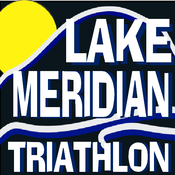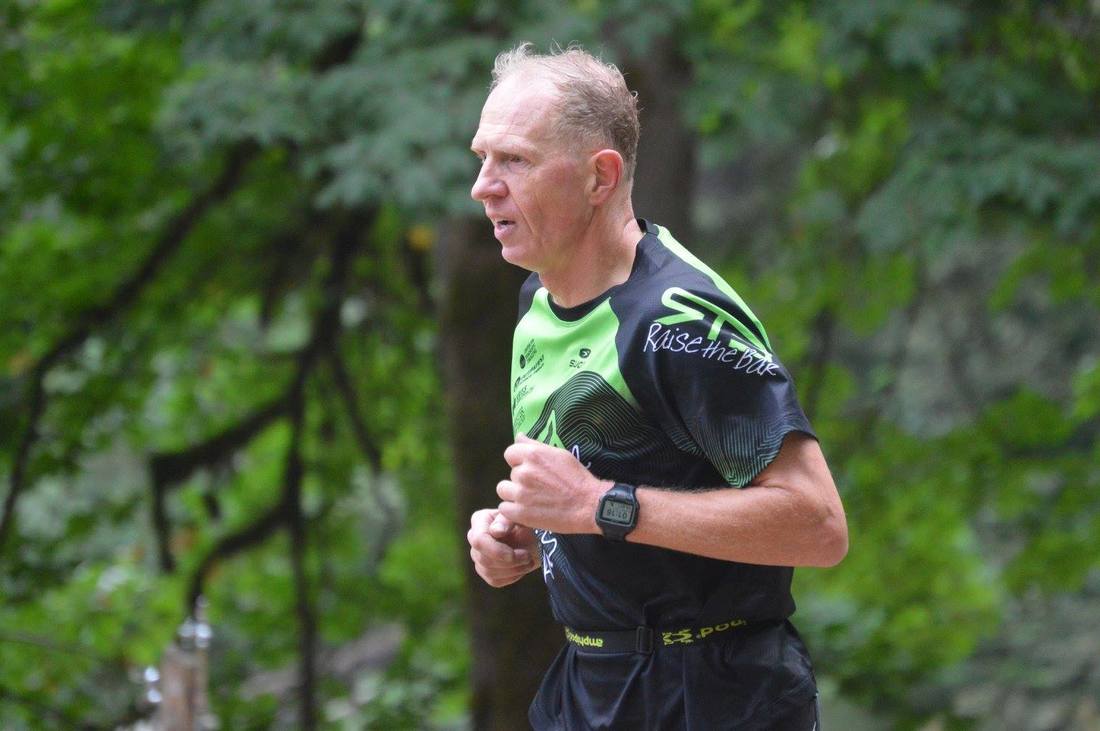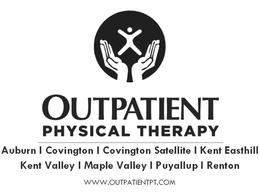 Michelle Murphy Michelle Murphy by Michelle Murphy Peak Performance and Prevention Triathlon season is upon us… We have registered for our A race and B race. Training is in full throttle…With each season we want to perform at a higher level with greater execution skill, durability and power… This comes with a price-a steep price… time, bikes, coaching, gym fees, travel fees, the gadgets, the nutrition, the kits, etc… We make this massive investment but how many of us are thinking about the engine that is pushing the pedals and propelling us through the water? The engine that we rely on to stay ahead of our pedal stroke, and carry us to the finish line is often the most neglected part of the plan. We only give credence to our amazing bodies when we feel it fails us-when we lack sleep, over train, or face an injury. At P3 we identify the engine status with cardiovascular, metabolic, genetic, nutritional and hormonal factors. What is your composition (percentage body fat vs muscle mass/extracellular vs intracellular water/L and R side muscular symmetry) and why does it matter? All contribute to the function and efficiency of the engine. I am sharing my personal labs for reference to demonstrate the level/depth of insight that we track and use in our personalized plans. Data geeks brace yourself… this is super fun! (Note: page 1 photo of lab results and all lab result file button below) At Peak Performance & Prevention we use the principles of Functional Medicine to map the engine and then optimize it.
Many RTB members have reaped enormous reward by joining forces with Peak Performance & Prevention, and many are happy to share their stories. Reach out anytime if you are interested in scheduling a lab draw and consult with our team. Support@P3life.com. 425. 441.3330.
0 Comments
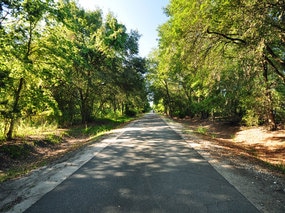 Casey Arbenz Hester Law Group Cycling on a busy road can be scary! A diesel engine revving behind you just before an oversized side-view mirror buzzes your left ear is enough to keep any sane cyclist off the road. It is no surprise that even pro triathletes like Andy Potts and Lionel Sanders do 100% of their bike training indoors. However, for us age groupers, isn’t the point of being active to get outside? To get fresh air? To enjoy those few-and-far between days when it’s not 39 degrees and drizzling? For me, getting outside is essential but I hate riding on busy highways. Thankfully, there are some pretty good, paved trails in our area that provide a safer avenue for riding our road bikes. I love riding the Cushman Trail in Gig Harbor that will take you all the way from Borgen Boulevard across the Narrows bridge. Another great ride is the Foothills Trail which has a 15 mile paved section from Meeker to South Prairie Creek in Pierce County. Of course, our region is blessed with others, like the Interurban and the Burke-Gilman trails. Unfortunately, however, accidents can still occur on trails. A client of mine was riding her bike on the Foothills Trail with her niece when a maintenance worker was mowing the grass beside the trail. Rather than follow her training and turn off the mower blades when cyclists were nearby, the maintenance worker ignored procedure and caused my client to be pelted by rocks and debris. As she attempted to shield her face my client lost control of her bike and fell – severely slicing open her leg. She needed several stitches and now has a permanent scar on her calf. We sued Pierce County for the negligence in causing the accident. The trial judge dismissed the case, claiming the county was “immune” because of the recreational nature of the trail. Believing that Pierce County was not immune because the trail also serves an important transportation purpose, similar to a highway, we appealed. Thankfully the Court of Appeals recently found in our favor and our client will get her day in court. If you are interested, you can read the Court of Appeals’ decision here: https://www.courts.wa.gov/opinions/index.cfm?fa=opinions.showOpinion&filename=486598MAJ Myself and the other lawyers at the Hester Law Group are all avid triathletes and cyclists. We love to swim, bike and run outdoors but unfortunately, injuries sometimes occur – even when precautions (like riding on trails) are taken. Almost always the injuries were totally preventable. If you or a loved one is injured by someone else’s negligence, feel free to give us a call. If necessary, we will fight all the way to the Court of Appeals to ensure our clients get their day in court.  Date: 6 May 2017 Weather: St George area was setting records for early season race. St George Utah is located on north edge of Mohave desert, the town sits a 3000 feet. The closest adjacent town is called Hurricane! hmm! Make one wonder about the wind. 4 am temps on bus ride to Sandy Hollow 80 degrees. Water temps 61 degrees wet suit worthy. The swim: men age 60 and older wave 13 around 7:21 am. Sandy Hollow is water reservoir serving st George. My goal was 35 minutes my time 39. Rough water conditions secondary to 8 mph wind gusts. The water seemed cold to me, much cooler than my practice a day earlier. While disappointed with my time I happy to be less than 40 minutes. T 1: 4 minutes, I had some trouble getting right sleeve over my Garmin. volunteers we great and really patient. Shoes socks, shades gloves all went with out a hitch I was on my Cervelo P5 in under 5 minutes. Love my new bike. 56 mile cycle: my goal was 3 hours. My time around 3:20. Age groupers had some pretty hefty frontal and side winds to contend with. Staying in aero was an important discipline. The cycle features two climbs within the first ten miles, holding my position and not loosing ground was important and would serve me as we approached the snow canyon climb. This is epic 8 mile climb, the 2 miles of this section with 8 degree in steepness. 5-8mph in this section. Really hot in here with day time temps around 95 degrees.the final 8 miles all down hill was met with a wicked head wind I was able to get up to 21-22 mph T2: also 4 minutes, I was happy with that. I had no issues with shoes visor belt and number. I had planned on changing socks but did not. The first 4 miles is all up hill so one needs to be patient while getting un tracked, staying hydrated in this section is key and served me well for the miles ahead. My goal was to run the second half faster, all could muster was to maintain my pace and try to stay focused. I am over all pleased to overcome the heat and wind of this day the spectators and volunteers at St George were really great, my hats off to them. I'm proud to race for RTB, and get my plans @ 4 keys from Endurace Nation. It's on to Boulder🏊🏃  By Holly Pennington, PT, DPT/Outpatient Physical Therapy Believe it or not, foam rollers are not new to the fitness world. In the early 1980’s, Feldenkrais practitioners used them for posture and balance training. About twenty years later, a Physical Therapist tried them out as a self-massage tool for Broadway dancers with good results. A few years after this, weightlifters took notice and starting using foam rollers to help with aching muscles and to improve performance. Now, foam rollers – and their not-so-distant cousins like the The Stick and the Tiger Tail - are found in most gyms, training rooms and physical therapy clinics. Athletes and therapists alike use them for much more than standing up straighter and balance. As a multisport athlete, chances are, you have tried foam rolling. Maybe you swear by it, or maybe you think it is a waste of time. Either way, check out these 3 tips because foam rolling has come a long way since the 1980’s and it could be an inexpensive, efficient and helpful training tool for both your recovery and performance: 1. Define your relationship. It’s okay to have a relationship with your foam roller (or Tiger Tail or Stick…let’s use the term “roller” from now on to keep the cousins from feeling left out.) Maybe she’s your trusty companion and you don’t know how you could keep on training without her. Perhaps she sits in the corner of your garage because she bruised you, brought out your lack of coordination, or gave you buyer’s remorse. (Oh, the pre- and post-race emotional purchases we make!) Or, maybe she’s your go-to friend for pain – you invite her into your life when you need her, Google some exercises, and set out to roll away that sharp pain in your Achilles. Like any relationship, it’s not your interactions with the other party that matter most: it’s your expectations. Your roller can help you. But she can’t be your everything. Rollers are flexible tools that can help with superficial myofascial release. In other words, they can make the parts of your muscles and tendons that are close to your skin move and feel better. Specifically, for triathletes, rollers are best used to decrease delayed onset muscle soreness (DOMS) and improve mobility in IT bands as well as hamstrings, calves, and quads. But, despite the various cousins’ names and claims, rollers are not tools for deep tissue release, anti-inflammatories, pain relievers or substitutes for therapeutic massage. 2.Practice “Less is More.” Thankfully, the amount of time you need to spend with your roller does not have to be a mystery. And, more is not better. Research shows that just 3-5 sets of 20-30 seconds of rolling (per muscle) 3-5x/week can help you achieve optimal results. Rolling for 20-30 minutes is not only unnecessary and awkward, but it might ruin the relationship you just worked so hard to define. 3.Know what isn’t known. As far as rollers and sports performance, including triathlons, we don’t know much. While one study showed an increase in deep squat performance immediately after rolling the lateral torso, plantar fascia and lateral thigh, the scientific consensus is that rolling does not negatively affect athletic performance. (Well, that’s a relief. And isn’t that what we all expected?!) The results of the squat study cannot be generalized to other athletes and the question of practicality regarding rolling immediately before a competition must be raised. The fact is we don’t know if your roller will help you PR, we just know she won’t make you slower! If you need to put your roller in her place, now’s the time. It’s race season and you can make the most of it by developing a healthy roller relationship. PT’s and massage therapists at OPT (www.outpatientpt.com) are always available in case you decide to break up with your roller. |
Raise the BarRace reports, upcoming events, news, and more, from RTB. Archives
September 2023
|



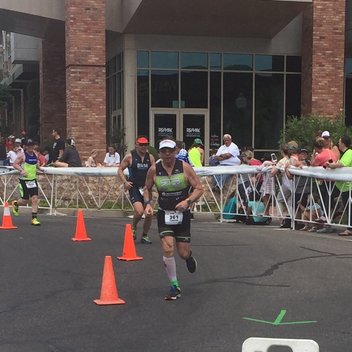


 RSS Feed
RSS Feed
